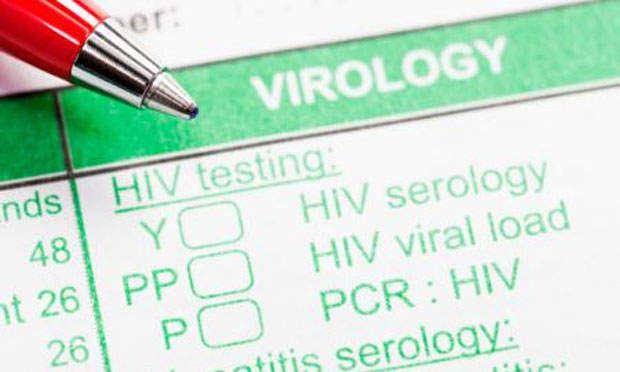Since the beginning of the HIV/AIDS epidemic in the 1970s, millions have been infected and died. In 2010, more than 34 million worldwide were living with the disease, and despite significant resources dedicated to prevention, thousands more become infected every day. Prevalence varies significantly by country, from estimates of less than 0.1% in Bangladesh, Egypt and Japan to more than 23% in Botswana, Lesotho and Swaziland.
In 2011 the Centers for Disease Control and Prevention published revised estimates for the number of new HIV infections in the United States in 2006 as well as calculated the number of infections from 2007 to 2009. The study, “Estimated HIV Incidence in the United States, 2006-2009,” also provides information on the groups most affected by the epidemic. The study was published in PLoS ONE, a peer-reviewed, open-access online journal.
The findings include:
- In 2009, an estimated 48,100 people in the U.S. age 13 or older were newly infected with HIV. (The estimate had a 95% confidence interval, and the actual number could range from 42,200 to 54,000.) For 2008, 2007 and 2006, the number of those infected was estimated to be 47,800, 56,000 and 48,600, respectively.
- For all years, 75% or more of the new infections occurred in males, and gay or bisexual men accounted for 56% or more of all infections.
- In 2009, sexual contact between men (MSM) accounted for 61% of new infections, heterosexual contact 27%, injection drug use (IDU) 9%, and MSM/IDU 3%.
- African Americans accounted for 42% or more of infections for all years.
- In 2009, the overall rate of new infections was estimated to be 19 per 100,000 people. For 2008, 2007 and 2006, the rates were 19, 22.5 and 19.8, respectively, per 100,000.
- African Americans and Hispanics/Latinos were hit hardest by the epidemic. In 2009 the rates for these communities were 7.7 and 2.9 times higher, respectively, than that for whites. For 2008 the rates were 8.4 and 3.0 times higher; for 2007, 7.1 and 3.0 times higher; and for 2006, 7.4 and 2.8 times higher.
- For all years, “Blacks/African American males had the highest rate of new infections, and among women, black/African American women also experienced the highest HIV incidence rates.”
Despite the minor variations in rates of new infections, the researchers conclude that “from 2006 to 2009 there was no significant change in HIV incidence overall and there was no significant change in incidence in any race/ethnicity group or risk group overall.” However, one subgroup — African-American gay or bisexual men — did see a significant increase in rates of new infections: 48% over the period 2006 to 2009, or 12.2% annually.
Keywords: Latino, Hispanic, African-American, HIV/AIDS, gay issues


Expert Commentary